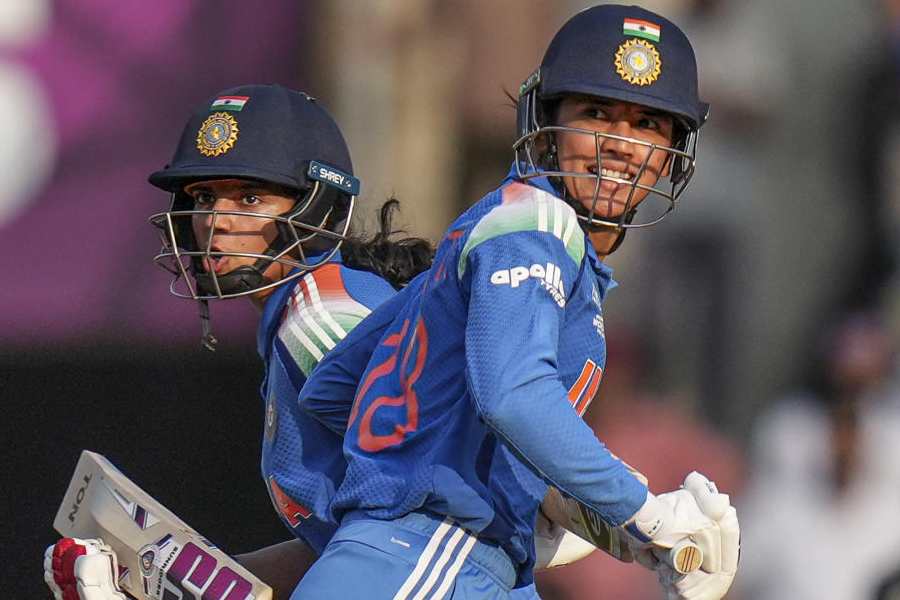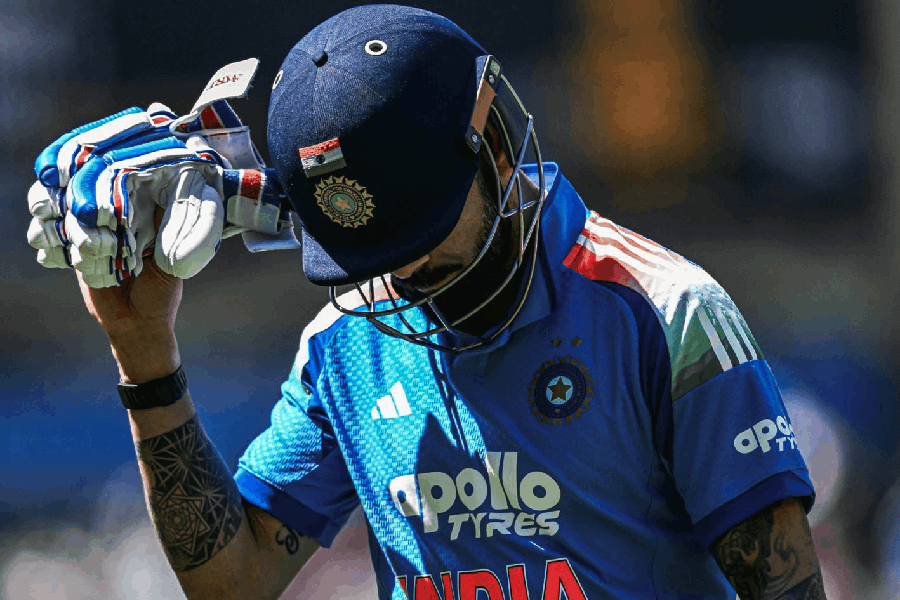|
|
Measles causes more than half a million deaths a year. Diphtheria, pertussis (whooping cough) and tetanus claim another half a million lives. Almost all of these deaths could be averted through immunization. Yet 37 million children worldwide are not immunized with the DPT vaccine, and progress in immunization coverage has stalled across much of the developing world, notably among the poor. Immunization coverage is less than 50 per cent for children living in households with incomes below the $1 a day international poverty line.
Three children die every two minutes as a result of malaria in Africa alone. Many of these deaths happen for want of a simple insecticide-treated bednet. Fewer than 2 per cent of children living in malaria-infected zones sleep under bednets that protect them from mosquitoes. At an average cost of $3 per bednet this would...be a small investment in the prevention of a disease that claims more than 1 million lives a year and accounts for one in four of all child deaths in Africa. Yet it is an investment that the international community and national governments have been loath to make. Spending on malaria by the Global Fund to Fight AIDS, Tuberculosis and Malaria is just $450 million a year.
Factors beyond the health sector are equally important. Louis Pasteur wrote that ?the microbe is nothing, the terrain everything.? Poverty and inequalities in power, and a failure to reduce them, define the terrain for child and maternal death. Malnourishment among mothers is a major contributor to neonatal deaths. And malnutrition is implicated in half of all deaths in children under age 5. Poor and malnourished children are more likely to become sick and less able to resist childhood diseases...About 3,900 children die each day because of diseases transmitted through dirty water or poor hygiene.
These...impediments to progress are intimately linked to gender inequality and the low status of women. In much of the developing world ? especially South Asia ? women lack the power to claim entitlements to nutrition and health resources, exposing them and their children to increased risk of mortality.
While child death is the most extreme indicator for inequality in life chances, the disparities between rich and poor draw attention to a wider problem. The vast majority of people who live in rich countries have access to the financial resources, technologies and services that prevent or, for diseases like AIDS, at least postpone death. Conversely, the vast majority of people in poor countries ? especially if they happen to be poor ? do not. It is this continued inequality in health outcomes that raises fundamental questions about the failure of governments in wealthy countries to develop a pattern of globalization that incorporates redistributive mechanisms to correct fundamental imbalances in life chances.












